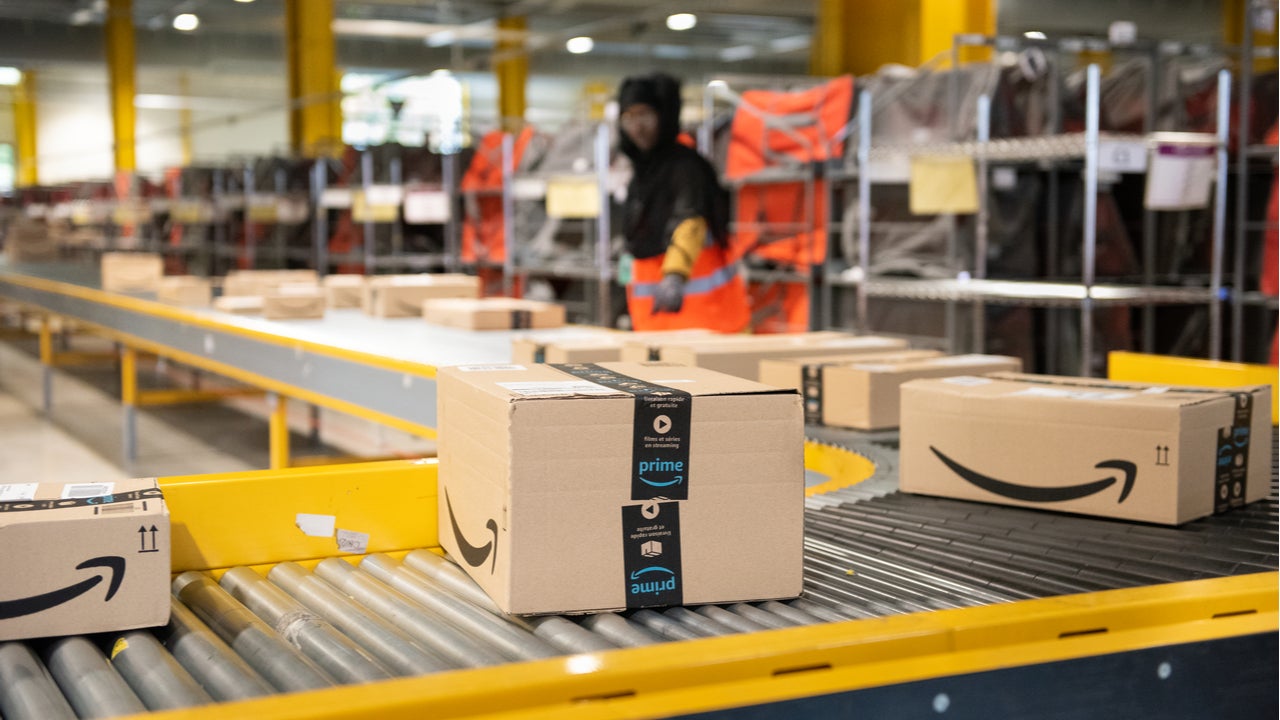
Amazon has a staff turnover rate so high that executives are reportedly worried about running out of new people to hire, according to an investigation by the New York Times.
The ecommerce behemoth hired more than 350,000 people to work in its warehouses between July to October last year, but many of these lasted “just days or weeks”, the report found.

Access deeper industry intelligence
Experience unmatched clarity with a single platform that combines unique data, AI, and human expertise.
Demand for Amazon deliveries soared in 2020 due to the pandemic’s stay-at-home restrictions, forcing the company to bolster the number of workers who package up products.
According to data analysed by the Times, Amazon was losing “about 3% of its hourly associates each week”, translating to an annual employee turnover of roughly 150% per year.
Most businesses have an employee turnover rate between 12% and 20%, while anything below 10% is considered good.
This high churn rate led to concerns that Amazon would not be able to replace staff as quickly as they were leaving.

US Tariffs are shifting - will you react or anticipate?
Don’t let policy changes catch you off guard. Stay proactive with real-time data and expert analysis.
By GlobalDataThe company founded by Jeff Bezos, now the richest man in the world, has often come under fire for its work practices. This month a leaked document showed that its warehouse workers – referred to by Amazon as “industrial athletes” – should be prepared to burn 400 calories per hour.
David Niekerk, a former Amazon vice president who helped design the company’s warehouse management system, told the Times that Bezos’ belief that people are inherently lazy helped shape the company’s policies.
Amazon did not immediately respond to a request for comment.
Laura Petrone, senior analyst at GlobalData, told Verdict that Amazon’s approach to its workforce is “unsustainable”.
Many workers turned to Amazon after losing other jobs during the pandemic, and as the economy recovers there “won’t be the same level of cheap workforce available to Amazon,” she said.
Plans among Amazon workers to unionise also make its hiring practices precarious. While Amazon ultimately defeated a recent vote to unionise by workers at an Alabama warehouse, the influx of new staff will make it harder to fend off future requests.
According to the Financial Times, Amazon has increased its workforce by 500,000 people since the start of the pandemic.
“That means that an increased number of workers are now demanding and fighting for better working conditions,” said Petrone.
Amazon’s model may also come under closer scrutiny from investors and governments amid a clampdown on the gig economy.
“Covid has shown that people, more than the technology, are Amazon’s key resource. Even Bezos recognised that Amazon should move from a customer-centric company to one that creates more values to its employees,” said Petrone.
She added: “More generally, we are entering a new phase of the gig economy, with investors increasingly concerned over workers’ basic rights and of potential regulatory risks as governments around the world turn to regulate the gig economy business model.”






